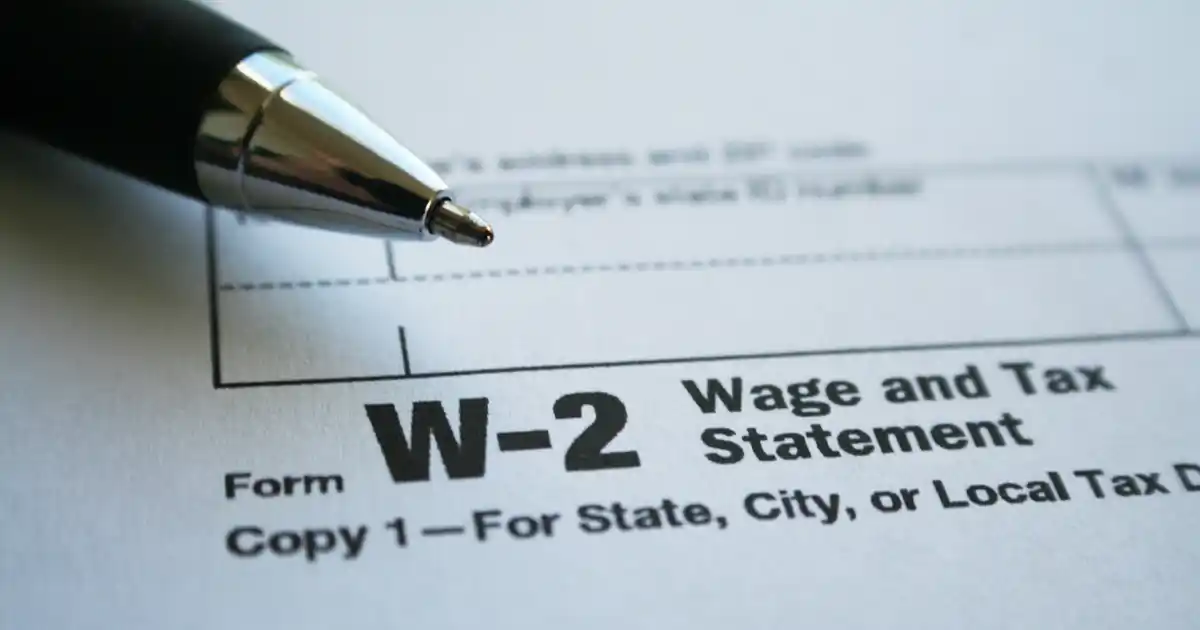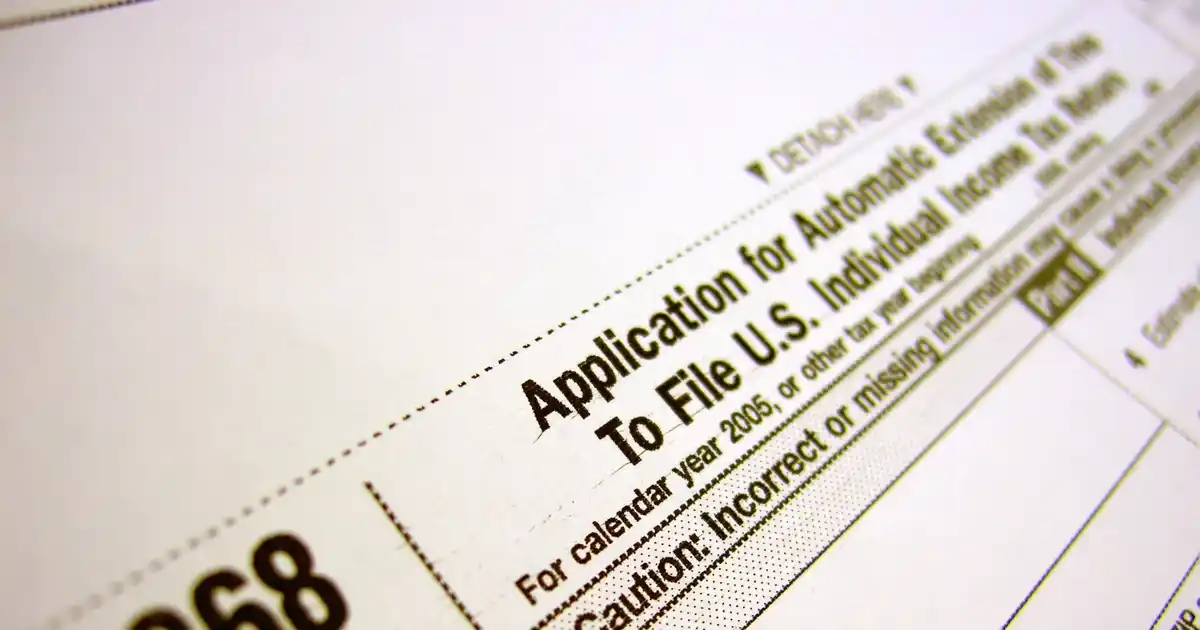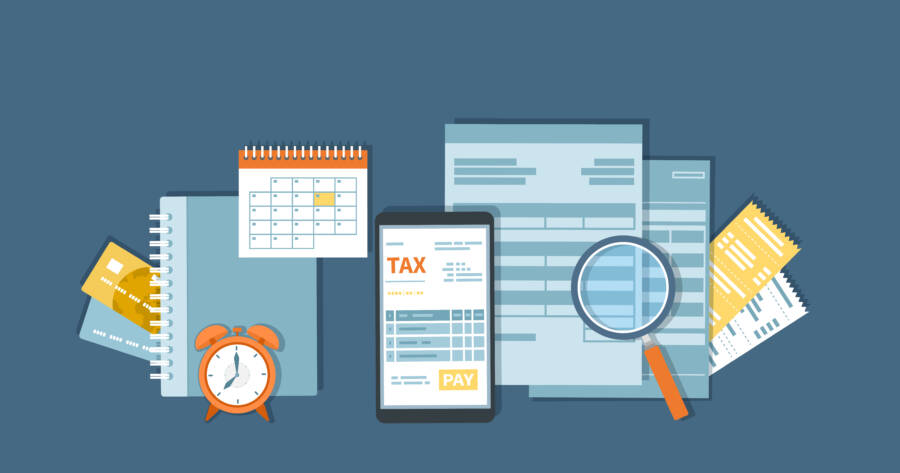- You can save hundreds of dollars in fees by filing yourself.
- File electronically to get your refund faster.
- Learn how to request an extension.
It’s tax season again, and that means it’s time to put your return together. While millions of people hire pros to do their taxes, it can cost a pretty penny. Tax preparers routinely charge $300 or more, depending on the complexity of your situation. Many taxpayers would prefer to hang onto that cash, especially as inflation continues to surge in 2022.
Yet, preparing your own tax return can seem like a daunting proposition. But with a little know-how, you may find that preparing your own tax return isn’t as difficult as it sounds. This step-by-step guide will get you on the right track.
Step 1: Gather Your Documents
First, you’ll need to collect the documents that specify how much money you made during the previous tax year. For most people, the primary document is Form W-2. You can obtain a copy of this form from your employer. If you had more than one employer over the course of the year, you’ll need a W-2 from each of them.
If you work in a freelance or contract capacity, you’ll need a different document: Form 1099 (or Form 1099-INT). You need to collect a copy of this form from each business entity that paid you at least $600 during the year. Form 1099 also covers many atypical sources of income, such as prize awards, estates, and insurance payouts.
 Shutterstock
ShutterstockWhat Other Documents Will You Need?
For most income-earners, Form W-2 and Form 1099 will detail most or all of their annual earnings. However, you might need other documents, depending on your circumstances. This is particularly true if you plan to itemize your tax deductions (see Step 3 below).
Itemizing your deductions can maximize the value of your refund. However, it’s a process that can be heavy on documentation. Some of the things you’ll need to collect may include property tax statements, mortgage interest statements, and medical bills. You might also need to supply information about retirement account contributions, tuition payments, and tax-deductible donations to registered charities.
 Shutterstock
ShutterstockStep 2: Decide How to File Your Own Taxes
The IRS offers individual taxpayers three ways to file their returns: by mail, electronically, or through a certified tax preparer. Since you’re reading this article, we’ll assume option three is out. That means you can either mail in a hard copy or file electronically.
Experts usually recommend avoiding the old-fashioned, hard-copy way. Paper documents can be lost or destroyed too easily. That said, you can still pursue this option if you want: You’ll need IRS Form 1040 (or 1040-SR if you’re a senior). However, most people find it easier, more secure, and more convenient to file electronically with tax software that meets IRS standards.
 Shutterstock
ShutterstockImportant Tip!
Many people don’t know about it, but the IRS offers a Free File program that lets you file electronically at no cost. The program is offered through public-private partnerships between the IRS and approved vendors. However, some eligibility standards apply. The most notable is that your adjusted gross income (AGI) for the year needs to be $73,000 or less. Seriously, you probably don’t need to pay TurboTax, TaxPlayer, Cash App Tax, or literally anyone else to file your return electronically.
You can access a detailed, official IRS definition of AGI here. But, to summarize the basics: AGI is your gross pre-tax income minus any applicable adjustments. Common adjustments include things like alimony payments, student loan interest payments, and retirement contributions.
 Shutterstock
ShutterstockStep 3: To Itemize or Not to Itemize?
Every taxpayer is entitled to a standard deduction. However, the standard deduction amount varies. The amount you are automatically entitled to claim depends mainly on how much money you made and your filing status. You can consult the IRS guide to standard deductions and an IRS publication titled Topic No. 551 for complete details.
While claiming the standard deduction is the easiest thing to do, it isn’t always the best. As an alternative, consider itemizing your tax deductions according to IRS Schedule A. If the total value of your eligible deductions exceeds the standard deduction you’re entitled to, then itemize.
 Shutterstock
ShutterstockTips For Itemizing Tax Deductions
The IRS maintains a complete list of tax deductions and tax credits. Note that deductions and credits are not the same. Deductions reduce your taxable income, while credits reduce the amount of tax you owe. Tax credits are more valuable, but they are also rarer and narrower in scope.
Each individual taxpayer will qualify for different deductions, depending on their circumstances. The most common deductions apply to taxes you paid to state and local authorities, property taxes, and qualified medical expenses. You can also deduct charitable contributions and the mortgage interest you paid on up to two properties you own.
 Shutterstock
ShutterstockStep 4: Determine Your Tax Bracket
Determining your tax bracket can be straightforward or complicated, depending on your situation and how you earned your income. The IRS offers a complete breakdown, but it’s a dense document that might seem intimidating given all the numbers and columns.
For a general overview, the following chart offers a summary of brackets that apply to the 2021 tax year:
| Tax Rate | Taxable Income | How Much You’ll Owe | |
|---|---|---|---|
| 10% | Up to $9,950 | 10% of your taxable income | |
| 12% | $9,951 to $40,525 | 12% of your taxable income over $9,950, plus $995 | |
| 22% | $40,526 to $86,375 | 22% of your taxable income over $40,525, plus $4,664 | |
| 24% | $86,376 to $164,925 | 24% of your taxable income over $86,375, plus $14,751 | |
| 32% | $164,926 to $209,425 | 32% of your taxable income over $164,925, plus $33,603 | |
| 35% | $209,426 to $523,600 | 35% of your taxable income over $209,425, plus $47,843 | |
| 37% | $523,601 and higher | 37% of your taxable income over $523,600, plus $157,804.25 |
For more information about how tax brackets work (including a breakdown of these numbers for those filing jointly with a partner), check out this article.
 Shutterstock
ShutterstockDon’t Forget State or Local Taxes!
Most states and many municipalities across the United States impose their own income taxes. You need to pay these taxes on top of your federal income tax return. You’ll also need to file a separate return for each individual jurisdiction to which you owe taxes.
Only nine states do not levy additional income taxes on residents. These include (in alphabetical order) Alaska, Florida, Nevada, New Hampshire, South Dakota, Tennessee, Texas, Washington (state, not D.C.), and Wyoming. New Hampshire is a bit of a special case, though. It applies income tax to money earned through investment interest payments and dividend payments, but nothing else.
 Shutterstock
ShutterstockStep 5: Review and File Your Taxes
Once you’ve crunched all the numbers and filled in all your forms, review everything. Go over your entire process from start to finish and double-check each line item for complete accuracy. This could be tedious, but it’s vitally important as errors can lead to costly penalties.
As you prepare your return, keep the filing deadline in mind and plan well in advance to make sure you meet it. For 2022, the filing deadline is April 18 for most U.S. residents. Those who live in Maine or Massachusetts get an extra day, as April 18 is a state holiday (Patriots Day).
 Shutterstock
ShutterstockNeed An Extension?
Sometimes, meeting that mid-April deadline just isn’t possible no matter how hard you try. If you need more time, the IRS may grant you an extension. However, you need to request one in writing. To do so, use Form 4868 (Application for Automatic Extension of Time to File U.S. Individual Income Tax Return).
If your extension request is granted, you’ll have until October 15 to submit your tax return. However, remember that the extension does not apply to any payments you owe the IRS. Those need to be made by their established deadlines or interest and penalties will accrue.
 Shutterstock
ShutterstockStep 6: Get Squared Up
After you file your taxes, you’ll face two possible outcomes. The IRS will either owe you a refund, or you’ll owe the IRS some money. If you owe money to the IRS, you have a multitude of payment options. Most people choose electronic bank transfers, wire transfers, checks, or debit/credit card payments. You can even settle up in cash by visiting an IRS retail partner.
Some people end up owing more money than they can afford to pay all at once. If you’re in this boat, talk to the IRS about setting up a short- or long-term payment plan.
 Shutterstock
ShutterstockClaim Your Refund
If you’re eligible for a refund, you should receive it within 21 calendar days if you filed electronically. If you submitted a paper tax return, you’ll have to wait longer – usually 6-8 weeks. This is another reason personal finance experts generally recommend submitting an electronic return.
You can track the status of your refund using a special IRS tool known as Where’s My Refund? You’ll need your Social Security Number (SSN) and a few other details to sign up. If your refund is late, don’t call the IRS unless directed to by Where’s My Refund? You’ll be wasting your time, as calling won’t speed anything up.
 Shutterstock
Shutterstock







